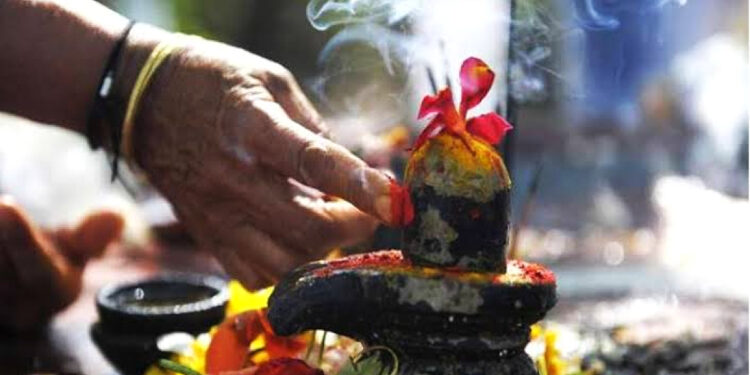Maha Shivaratri is one of the major festivals in Hinduism celebrated annually in honour of the god Shiva. The name also refers to the night when Lord Shiva performs the heavenly dance called Tandava.
In every month of the lunisolar Hindu calendar, there is a Shivaratri – “night of Shiva” – on the day before new moon. But once a year, in late winter and before the arrival of Summer (February/March), this night is called “Maha Shivaratri” – “the Great Night of Shiva”. This day falls in the month of Phalguna as per the North Indian Hindu calendar and in Magha as per the South Indian Hindu calendar.
Along with fasting, staying vigil (jagaran) at night is also an important part of Shivaratri. In fact, the same has a great scientific reason behind this.
The Science Behind Jagaran
Around Maha Shivaratri, the Sun and the Moon are aligned in such a way that the Vata component of our body gets activated. The activity is maximum during this time of the year.
Vata is one of the three constituents of the body, the other two being Pitta and Kapha. Anything related to movement in the body has a direct connection with Vata. Accordingly, Vata directly impacts the following –
1. At the physical level (Sthula), Vata impacts the nervous system, and controls all bodily movement. 2. At a cellular level (Sookshma), Vata “moves” nutrients into the body, and at the same time “moves” the wastes out of the cell. 3. In the natural plan (Karana), Vata helps in retrieving information from the memory, and enables cause and effect analysis.
Such is the importance of Vata. Even a minor imbalance of Vata drastically affects the points mentioned above. In case of a Vata imbalance, the person will experience issues like lethargy, demotivation, forgetfulness, bad temperament, depressed, aggressive, mood swings and in extreme cases anti-social and suicidal tendencies.
A key characteristic of Vata is dryness. Most of us would have noticed that during this time of the year, the body becomes very dry more so during the night.
The night of Shivaratri is the best time for us to balance the Vata in ourselves. As Yogis, we identify 5 types of Vata.
1. Prana Vata responsible for inhalation 2. Apana Vata responsible for removal of waste 3. Udana Vata responsible for exhalation 4. Samana Vata responsible for consolidation 5. Vyana Vata responsible for locomotion
If one performs the Vata Kriya during the week of Maha Shivaratri, or at least on that one day, all the above Vatas as cleansed and lubricated. A person with a balanced and cleanses Vata will exhibit a positive behavior and extrovert, happy, clam and have presence of mind.
Note that for Vata to move easily, it is essential that the main Nadis are perpendicular to the ground. This is possible only when you are either sitting or standing, and not when you are sleeping. This is the reason why we usually ask our followers to stay awake during Shivaratri, so that the body is not horizontal, and is instead vertical.


















Discussion about this post